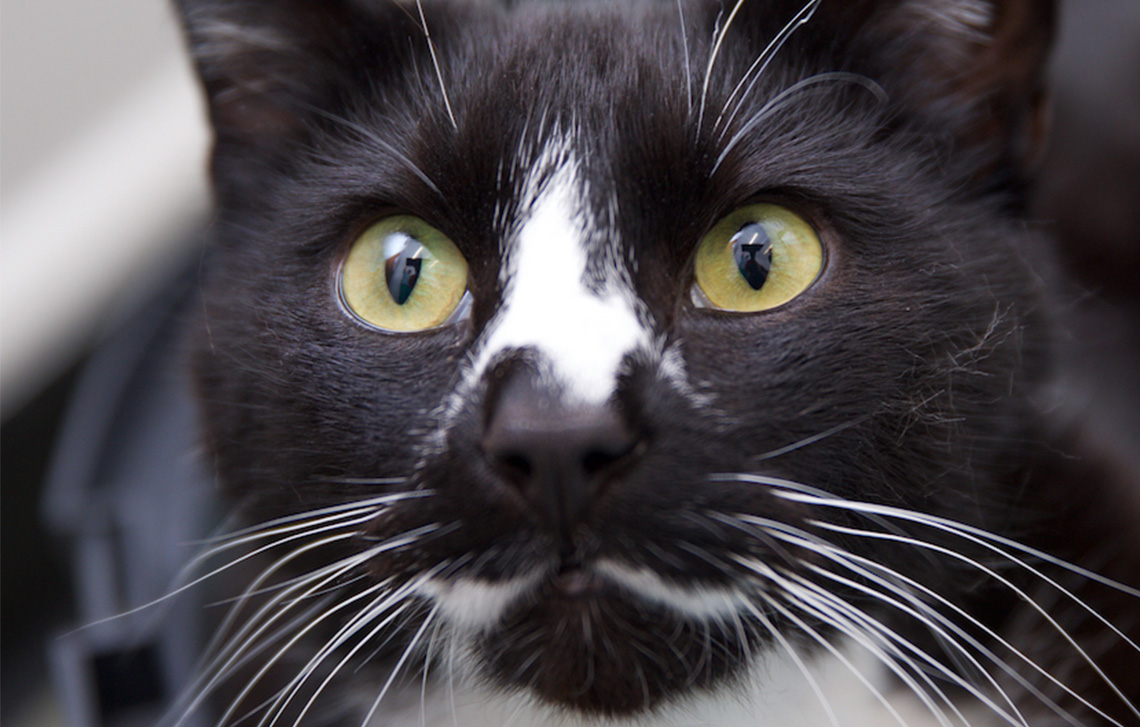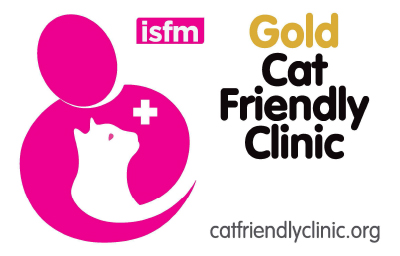
Hyperthyroidism is a common condition which is found mostly in older cats. It is the most common endocrine disorder in cats, with diabetes following closely. There is further information on diabetes here and also coming up in our blog next week. So, what is hyperthyroidism? Hyperthyroidism is an over-active thyroid gland and is caused by an increased production… Read more »
Hyperthyroidism is a common condition which is found mostly in older cats. It is the most common endocrine disorder in cats, with diabetes following closely. There is further information on diabetes here and also coming up in our blog next week.
So, what is hyperthyroidism?
Hyperthyroidism is an over-active thyroid gland and is caused by an increased production of thyroid hormones. The thyroid glands can sometimes be felt (in the neck area) in cases of hyperthyroidism. Thyroid hormones are responsible for regulating many body processes and to help control the body’s metabolic rate. Therefore, cats with this condition suffer weight loss despite having an increased appetite as they burn off energy quickly.
The most commonly seen signs of hyperthyroidism are:
- Weight loss (as mentioned above)
- Excessive thirst (polydipsia)
- Excessive/increased hunger (polyphagia)
- Rapid heart rate (tachycardia)
Other signs can include:
- Going outside more/agitated/lively
- Vomiting/diarrhoea
- Other behavioural changes
Sometimes hyperthyroidism can be mistaken for ‘old age’. Changes such as behaviour changes and intestinal parasites (worms) due to the cat eating more and ‘pestering’ for food are signs that something may be wrong. Weight loss can often be unnoticed for some time by owners at home.
Luckily, treatment/management is very successful and there are lots of treatment options for hyperthyroidism so in most cases, the cat will still be able to live a longer, happier and more comfortable lifestyle once treated.
Hyperthyroidism can be picked up through a blood test where we also measure the cat’s blood pressure. We recommend routine ‘senior pet checks’ yearly from the age of 8 years. This includes a blood, urine and blood pressure test as well as a thorough health examination and picks up diseases and conditions such as hyperthyroidism early. Please ask us for more information on this in the clinic. We do have pet health plans to help spread the cost and save some money on these examinations/tests.
There are 4 main treatment options for hyperthyroidism:
- Medications (these come in different forms)
- Surgical removal of 1 or both of the thyroid glands (thyroidectomy)- Can be a cure but not always the case. Can be performed in our clinic.
- Radioactive iodine treatment- safe and effective treatment. Mostly curable in cats and does not require ongoing treatment after. Done at specialist practices and cats need to be hospitalised for a short period afterwards.
- Dietary treatment (not often used)- strictly controlled levels of iodine in the diet- prescription diets that must be used exclusively.







